DSV ALVIN in front of the R/V Atlantis (courtesy WHOI)
On November 8th, we sailed from Galveston Texas on board the R/V Atlantis which carried the Deep Submergence Vessel (DSV) ALVIN, t he ALVIN crew, the Ship’s crew, and 21 researchers from across the globe. This collaborative project involves scientists from the University of Georgia, the University of North Carolina at Chapel Hill, Florida State University, Harvard University, the University of Bremen (Germany), the University of Southern Denmark, and the University of Minnesota.
Samantha Joye about to climb on board ALVIN
Our task over the next three weeks is to explore and describe the microbiology and biogeochemistry of deep seafloor hypersaline habitats. We all enjoy sailing on the Atlantis and working with the crew of the ship and the DSV ALVIN. Seeing the bottom of the ocean -- things no one has seen before, riding around in a small metal ball beneath a mile or more of water ...it's an indescribable experience. Astounding out-of-this-world hypersaline habitats litter the seafloor in the Gulf of Mexico. Our project -- the Gulf of Mexico Hypersaline Ecosystem Microbial Observatory -- is funded by the National Science Foundation. Hypersaline environments are abundant in the Gulf because salt underlies much of the sediment along the Northern Gulf and over time this salt dissolves and leaks slowly (brine pools/lakes) or is violently ejected (mud volcanoes) from the sea floor. The range of hypersaline habitats is large and we learn something new on almost every dive. As with our previous cruises of late, everyone is putting in long hours and working extremely hard. Because we’re working in very deep environments (>2000m water depth), we will spend a lot of time working in a 4ºC cold room, processing samples retrieved from the seafloor.
Samantha Joye and Vladimir Samarkin working in the 4ºC cold room
Samantha Joye typing away during the descent to AC601
We’ll be crisscrossing the lower and upper slope studyinghypersaline mud volcanoes and brine pools and lakes for about three weeks, and then we head back to the Macondo wellhead region to visit the bottom in ALVIN. We will spend a week mapping and sampling oil on the seafloor. The first two sites we visited are in Alaminos Canyon (AC), a deep canyon (2300 m water depth) that cuts into the Sigsbee Escarpment. At this depth, it takes about 1.5 hours to reach the bottom in ALVIN, so we work on the way down (well, sometimes we sleep on the way down and very often on the way up!).
ALVIN's map track (green) around the edge of the AC601 brine lake
Edge of the AC601 brine lake showing "Barite Beach"
Our first study site, AC601, is an inactive brine lake. We mapped the AC601 brine lake perimeter with ALVIN (picture, to the left). This place is unlike anything you could even imagine – it’s a large feature (about 100m in diameter), and it’s deep (20m). Within the lake floats barite (a mineral comprised of barium and sulfate) icebergs and along its edge, is a 1-2 meter wide ‘barite beach’ (picture to the lower right). Beyond this, one sees a variety of animals, mussels, urchins, holothurians, and numerous other invertebrates. The brine in the lake is three times more salty than seawater, yet it is teeming with microbial life. Even though the sediments become salty just beneath the surface, they harbor diverse microbial and animal communities. So, while these brines are certainly "extreme" environments, they provide habitat to diverse forms of life from microbes, to urchins, to worms and even fish!
View of the "Red Crater" from the Pilot's window (the things sticking up in front are the tube cores we use to sample sediment
The second AC site we visited today, the “Red Crater”, is an active mud/brine volcano (picture to right). The Red Crater could just as well be exist on the surface of Mars. The red color comes, we believe, from iron minerals that precipitate when the brine reacts with overlying seawater. The white material in the pictures is a combination of barite and elemental sulfur (picture lower left). This is truly one of the most bizarre and amazing places I’ve ever seen.
We have our final dive to the AC region tomorrow, and then we head to Garden Banks in search of vigorously venting mud volcanoes!
Red (iron rich) and white (barite, elemental sulfur) precipitate as the upwardly flowing reduced brine mixes with ambient seawater









